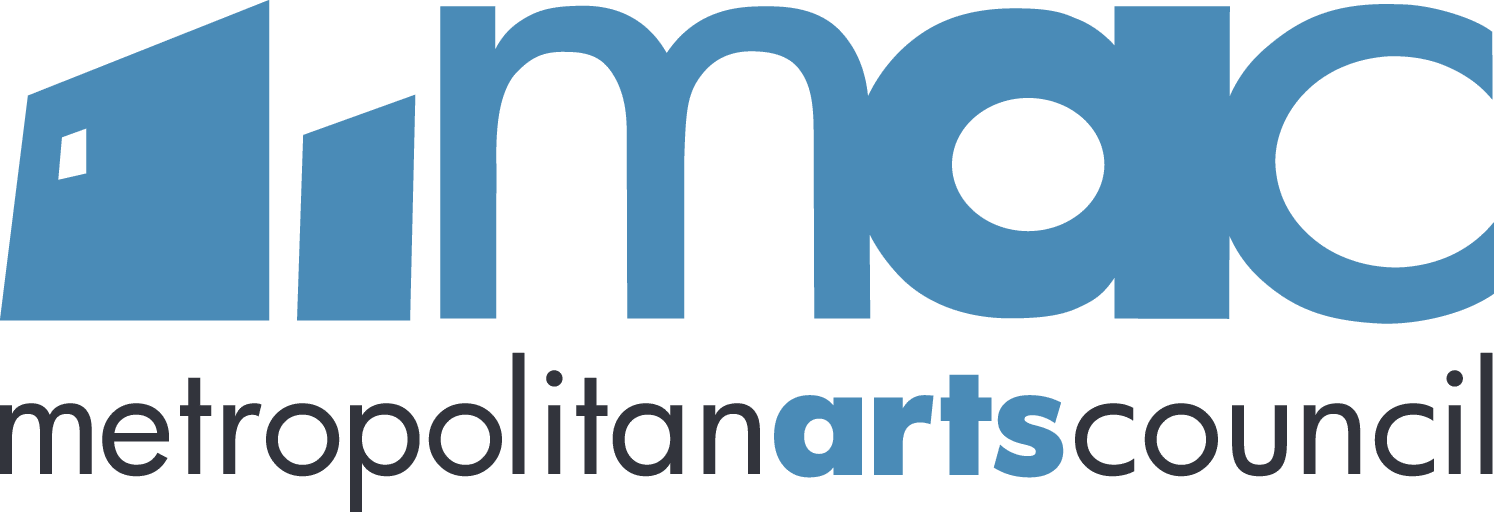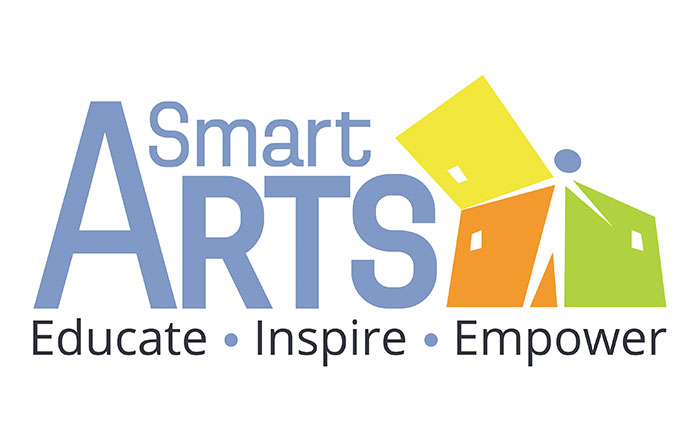Five minutes after I started talking to Gayla Day, the administrator of the SmartARTS program at the Metropolitan Arts Council, I knew I’d found a place to share my writing skills. This organization believed in integrating arts education into school curriculum — on a scale I had never imagined. SmartARTS uses artists — writers, painters, dancers, fiber artists, musicians, poets, actors, and actresses — to enhance math, social studies, science, and language arts instruction in Greenville County Schools.
In order to receive my first teaching assignment, I was required to attend the Arts Integration Training Institute. Last summer, I spent four days of immersive training in the SmartARTS vision and methodology. This included talks by Greenville County teachers who successfully enhanced their classroom instruction by teaming with artists. Along with 60 teachers who wanted an artist in their classrooms, I participated in acting exercises, a poetry workshop, a painting activity, and a dance lesson. I learned how the students’ needs would determine how my writing skills would be used in the classroom.
In March I met Melody Powell, the third-grade teacher at Stone Academy whom I was paired with. As we planned the unit, she said she wanted to prepare her students for the state writing assessment by focusing on narrative writing. Here was an opportunity to use my book, “Teaching the Story: Fiction Writing in Grades 4-8” precisely how I envisioned it. My excitement as an author and writing instructor soared.
Ms. Powell hoped I would reinforce concepts that she had previously taught, including the parts of speech, theme, and adding sensory details. Since the classes are teacher-driven, our planning didn’t stop at that initial meeting. She gave me feedback throughout the unit so that I continued to tweak upcoming lessons.
This type of collaboration is at the heart of SmartARTS. The give-and-take in the classroom between me and Ms. Powell was like a dance that may have looked choreographed, but in fact was a perfect example of collaborative work. As I taught the unit, “What Is a Story?” we played off each other’s skills and knowledge base.
The SmartARTS Training Institute reinforced the idea that linking a physical activity to content helps students retain material. Each day I opened the class with “Exercising Muscle Words.” Parts of speech and figurative language were combined with movements. Quickly students learned to pair vivid verbs with jumping jacks; specific nouns with deep knee bends; image-driven adjectives with arm circles; similes, metaphors, and personification with arm punches and leg kicks; and onomatopoeia and alliteration with finger dancing.
Another day I used tableaux, an activity that I had learned at the institute. This dramatic exercise helps students use their bodies and facial expressions to connect to a concept. In small groups, the students created tableaux that showed an emotion such as anger or sadness. It was exciting to see their enthusiastic efforts and the connections they made to portray a character’s emotions.
Teachers enjoy seeing “light bulb moments” — times when students link ideas to new concepts. I was privileged to experience several. A student recalled a passage in our mentor novel, “Because of Winn Dixie,” specifically because the author used the same figurative language the student was “exercising.” Others proudly incorporated muscle words into their work. After showing them several drafts of my work in progress “Half-Truths,” students realized how “real writers” revise. Several experienced the benefit of reading their work out loud to catch mistakes. One student recognized that although he didn’t want to hurt his friend’s feelings while critiquing his work, feedback made the piece stronger.
I am thrilled that my book, “Teaching the Story,” was able to be part of the SmartARTS program. It was a privilege and pleasure to watch children shape their ideas and transform them into a story of their own.

